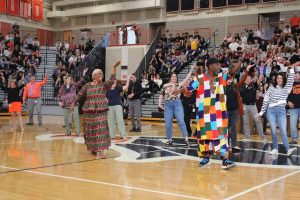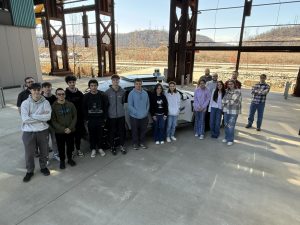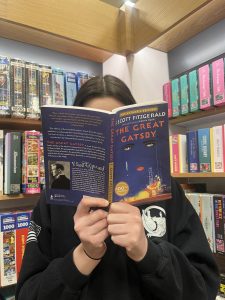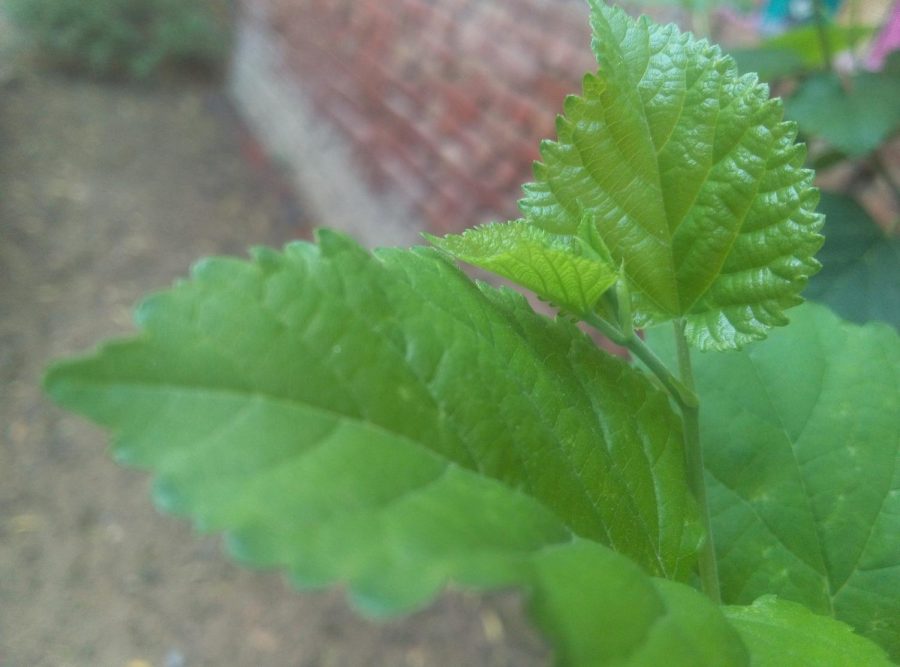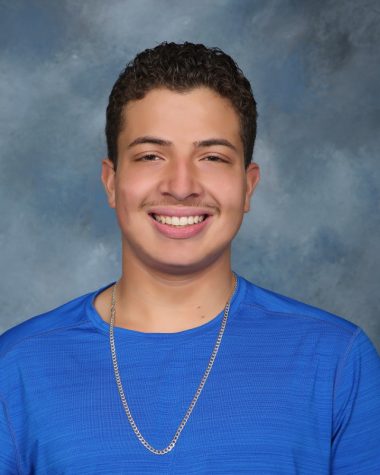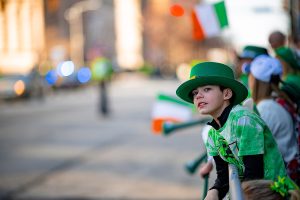How a plant actually grows
Vershita yadav [CC BY-SA (https://creativecommons.org/licenses/by-sa/4.0)]
This shows a mulberry plant growing using the process of photosynthesis.
February 13, 2020
Plants are all around us, providing many benefits to the natural world, but how do they grow?
Plants need three things to grow: water, carbon dioxide (the gas that we breathe out) and sunlight or another form of light. It takes these things and turns them into sugar for the plant which can be later used for energy. The carbon dioxide comes in through tiny openings on the underside of a leaf called stomata. (Oxygen also leaves through these.)
Inside plant cells, there are chloroplasts, which is where photosynthesis occurs. These chloroplasts contain chlorophyll which captures energy from light. Inside the chloroplasts are stacks of discs called thylakoids. Outside the thylakoids is a fluid called the stroma.
Now that you know the anatomy of a chloroplast you can understand photosynthesis. First, photons of light hit chlorophyll in photosystem II in the membrane of a thylakoid, this excites an electron or energizes it. This electron leaves photosystem II then water is split to replace the electron lost in photosystem II which releases electrons, protons, and pure oxygen gas.
The electron that left photosystem II travels to the cytochrome complex which takes energy from the electron to power a proton pump that pumps protons inside the thylakoid to create a proton gradient and positively charge the thylakoid.
The electron has lost most of its energy at this point, so it transferred to photosystem I, here it is reenergized by light again and the electron travels to NADP+ and forms NADPH when combined with the electron and a proton.
ATP synthase makes ATP by combining an ADP with a phosphate group. Energy is provided when protons from inside the thylakoid diffuse into the stroma, and this powers ATP synthase as they pass through. Protons leave the thylakoid because they are all positively charged and like charges repel.
Now for the Calvin cycle also known as the dark reactions. These reactions actually occur during the day. It just does not need light for this second part of photosynthesis. Keep in mind the ATP and NADPH hold energy that will power this cycle.
First, carbon dioxide combines with a molecule called RUBP with the help of an enzyme called Rubisco to form a highly unstable 6 carbon molecule so this splits into molecules called PGALS which are then turned into G3P molecules.
G3P molecules are the final product of photosynthesis and are then combined with other m0lecules to form sugar that the plant can use for stored energy and growth such as starch or cellulose which gives plants a rigid structure. Keep in mind this is all happening at a microscopic level deep inside a leaf.
This is how a small tree grows into a giant tree.
